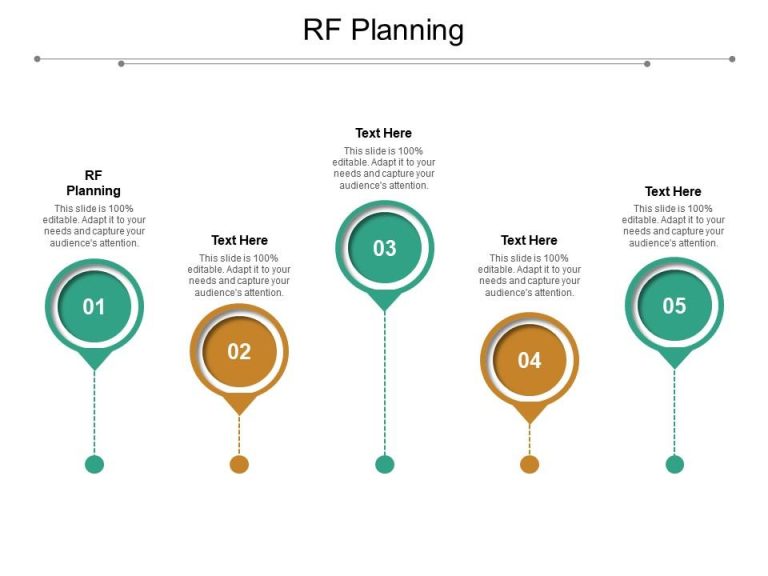Drive Testing Minimization Explained | PDF & PPT Guide
telcomatraining.com – In modern mobile networks, operators constantly strive to improve quality of service (QoS) and user experience. Traditionally, drive testing has been a crucial method for measuring coverage, performance, and network optimization. However, drive tests are costly, time-consuming, and often limited in scope. This is where Drive Testing Minimization (DTM) comes in—a network feature designed to reduce the need for physical drive tests while still providing operators with valuable performance data.
In this article, we’ll explain what Drive Testing Minimization is, why it matters, and provide access to a PDF & PPT guide to help you understand and present the concept effectively.
What is Drive Testing Minimization?
Drive Testing Minimization (DTM) is a feature introduced in 3GPP standards (beginning with LTE and later in 5G) to reduce the reliance on traditional field measurements. Instead of sending engineers with specialized equipment to collect performance data, DTM allows mobile devices (UEs) to report real-time measurements directly to the network.
These measurements include:
- Signal strength and quality (RSRP, RSRQ, SINR)
- Mobility and handover performance
- Call drops and service interruptions
- Throughput and latency data
By leveraging user equipment reports, operators can build a comprehensive view of network performance without the heavy costs of deploying fleets of drive-test vehicles.
Why is Drive Testing Minimization Important?
- Cost Reduction – Traditional drive tests involve fuel, vehicles, manpower, and specialized equipment. DTM lowers these expenses significantly.
- Real-World Insights – Unlike controlled drive tests, DTM data comes from actual users in diverse environments—urban, rural, and indoor—giving operators a more accurate representation of customer experiences.
- Scalability – Collecting drive test data is limited to specific routes and times, but DTM scales across the entire network, continuously gathering information.
- Network Optimization for 5G – With the complexity of 5G networks, massive MIMO, and millimeter-wave deployments, DTM becomes essential for efficient optimization.
Key Features of Drive Testing Minimization
- User Equipment Reporting: Mobile devices provide periodic and event-triggered reports directly to the network.
- Minimized Manual Effort: Less reliance on field engineers for repetitive drive tests.
- Integration with SON (Self-Organizing Networks): DTM supports automated optimization processes, making networks more adaptive.
- Enhanced Coverage Analysis: Operators can detect coverage holes and poor-quality areas faster.
Use Cases of DTM
- New Site Verification: Instead of extensive drive testing, operators can use DTM data to validate coverage after new base station deployment.
- Network Benchmarking: Operators can compare real-world performance against competitors.
- Customer Experience Monitoring: Continuous data collection allows for proactive problem detection before users complain.
- Energy & Cost Efficiency: Reduced fieldwork lowers operational expenses and carbon footprint.
Drive Testing Minimization in 5G
In 5G NR (New Radio), DTM plays an even greater role. With highly complex networks that include massive device density, small cells, and dynamic spectrum sharing, manual testing alone becomes impractical. 5G networks rely heavily on automated data collection through DTM to enable:
- Dynamic spectrum management
- Optimized beamforming
- Faster troubleshooting in ultra-dense networks
Drive Testing Minimization PDF & PPT Guide
To help you learn and present this concept more effectively, we’ve prepared a Drive Testing Minimization Guide in both PDF and PPT formats.
📌 What’s Inside the Guide:
- Introduction to Drive Testing Minimization
- Technical standards and 3GPP references
- Advantages and limitations of DTM
- Practical use cases for LTE & 5G
- Infographics and diagrams for presentations
👉 Download the [Drive Testing Minimization PDF Guide]
👉 Access the [Drive Testing Minimization PPT Presentation]
(Links can be added to downloadable resources or shared repositories.)
Conclusion
Drive Testing Minimization is transforming the way operators analyze and optimize mobile networks. By reducing reliance on expensive drive tests and using real-world device data, DTM provides scalable, cost-effective, and accurate insights into network performance. As LTE and 5G continue to expand, DTM will remain a critical tool in ensuring high-quality mobile experiences.
Whether you’re a student, researcher, or telecom engineer, our PDF & PPT guide will help you better understand DTM and present it with confidence.







